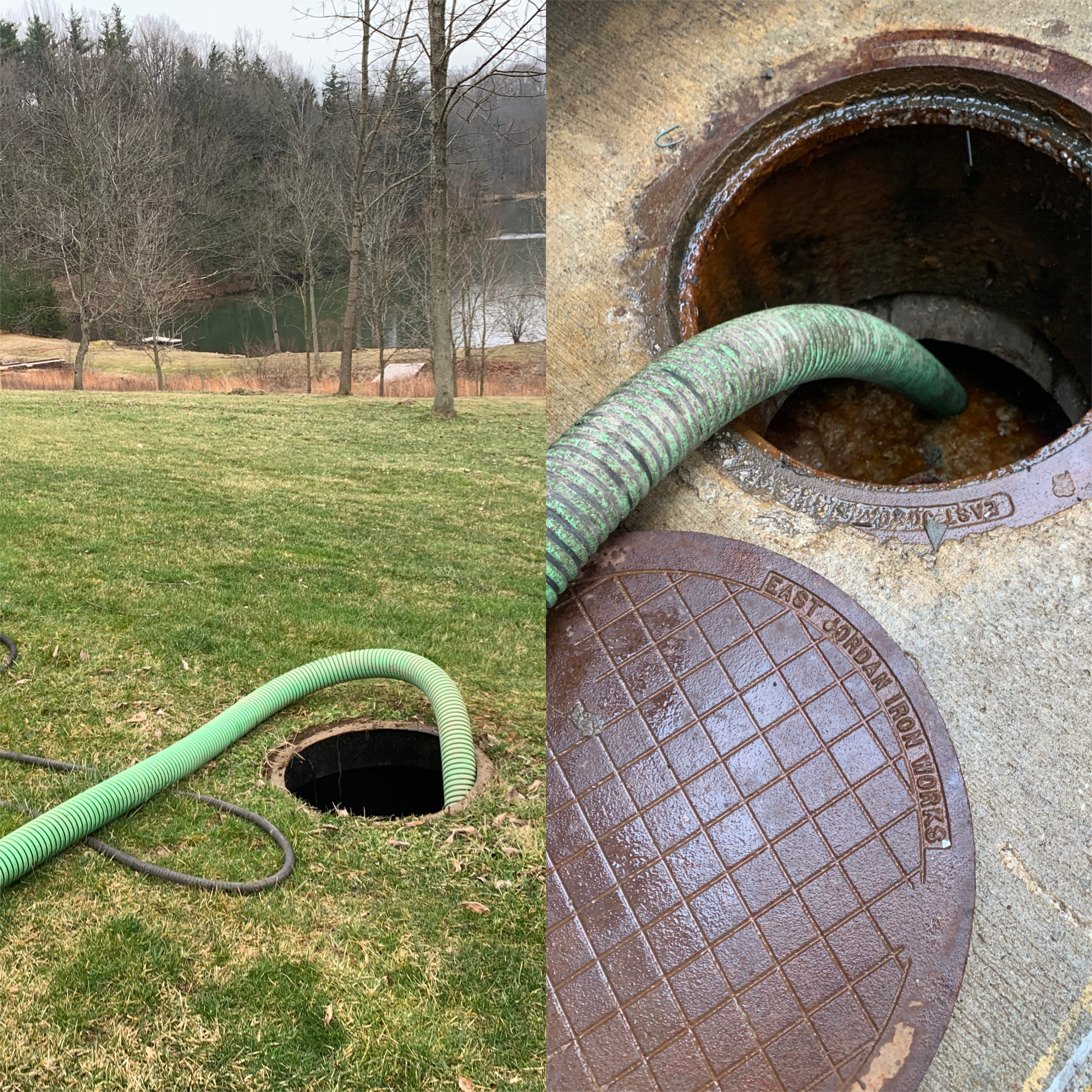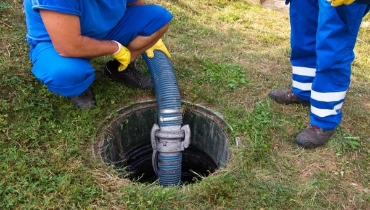10 Easy Facts About Stillwell Septic And Grading Shown
10 Easy Facts About Stillwell Septic And Grading Shown
Blog Article
9 Easy Facts About Stillwell Septic And Grading Explained
Table of ContentsThe 45-Second Trick For Stillwell Septic And GradingOur Stillwell Septic And Grading DiariesThe Only Guide to Stillwell Septic And GradingThe smart Trick of Stillwell Septic And Grading That Nobody is DiscussingThe 10-Minute Rule for Stillwell Septic And GradingUnknown Facts About Stillwell Septic And GradingExcitement About Stillwell Septic And Grading

House owners need to likewise enlighten themselves on the basics of septic systems to guarantee they make educated decisions throughout the setup procedure - Septic Tank Installation. Septic tanks are an important part of several homes that are not connected to a community drain system. They are designed to deal with and get rid of house wastewater on-site
The septic tank is a big, below ground container constructed from concrete, fiberglass, or plastic. It receives all the wastewater from the home, including water from sinks, bathrooms, showers, and washing devices. The storage tank separates the strong waste from the fluid waste. The strong waste settles to the bottom of the storage tank, while the fluid waste, or effluent, increases to the top.
Stillwell Septic And Grading - Truths
In enhancement to normal maintenance, home owners must likewise bear in mind what they flush down their drains pipes. Products such as oil, oil, coffee grounds, and womanly hygiene items can block the system and create backups. It is additionally essential to save water and stay clear of overloading the system. Straightforward actions such as repairing dripping taps and commodes, mounting low-flow showerheads and toilets, and spreading out washing loads can assist reduce water use and extend the life of the septic system.
The topography of the site is additionally assessed to make sure that the septic tank is set up at the proper altitude. https://moz.com/community/q/user/stillwellsag. The system must be mounted at a higher elevation than the surrounding location to avoid contamination of the surrounding setting. Setbacks are the minimum distances required by law in between the septic system and other structures or functions such as wells, buildings, and residential or commercial property lines
The altitudes will make certain that the septic system works properly, and wastewater is efficiently dealt with. It ensures that the septic system is installed in the most optimal area, taking into factor to consider the dirt, topography, and obstacles.
Stillwell Septic And Grading Things To Know Before You Get This
Before mounting a septic tank, house owners require to obtain licenses and comply with guidelines. Some of the authorizations and regulations that property owners require to take into consideration consist of:: Home owners need to acquire an authorization from the local health and wellness division or building department before mounting a septic system.
For example, some municipalities might require a minimum lot size for septic system installation.: Homeowners need to adhere to ecological laws when mounting a septic system. Some states might call for an ecological effect evaluation prior to installing a septic system.: Homeowners need to comply with construction regulations when installing a septic system.
The Greatest Guide To Stillwell Septic And Grading
Some towns might call for periodic assessments and pumping of the septic tank. It is important for homeowners to acquire licenses and conform with laws prior to installing a septic system.
Among the most essential variables to consider when selecting a septic system is the size. A sewage-disposal tank that is too little for the home's demands will certainly require more frequent pumping, while a tank that is too large can lead to too much water buildup and prospective system failing. A basic guideline is that the tank must have the ability to hold a minimum of two days' worth of wastewater.
6 Easy Facts About Stillwell Septic And Grading Shown

It's likewise vital to consider the type of system the septic container will be utilized with. There are 2 primary kinds of septic systems: gravity and stress.
The Of Stillwell Septic And Grading
Generally, choosing the ideal septic tank for a home is an important choice that calls for cautious factor to consider. Prior to setting up a septic container, home owners have to take specific steps to prepare for the installment procedure.
Here are some essential safety measures to adhere to: Use protective gear: House owners must wear protective gear, such as handwear covers, boots, and headgears, to avoid injury throughout the installation procedure. Avoid electrical lines: Home owners should stay clear of digging near electric lines to avoid electrocution. Usage caution when running hefty machinery: Home owners need to make use of caution when running heavy machinery to stop accidents and injuries.
What Does Stillwell Septic And Grading Do?
By complying with these necessary steps, property owners can make sure an effective sewage-disposal tank installation process. Septic system setup is a vital procedure that needs mindful preparation and implementation. Home owners that are mounting a septic system for the initial time need to understand the necessary actions associated with the procedure to make certain that their septic tank operates effectively and successfully.

Report this page